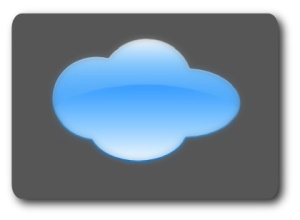
While reading a great article by Marshall Breeding about library automation and the state of the economy, I was very pleased to see Software as a Service (SaaS) listed as a lower cost strategy:
“[a SaaS] arrangement involves a fixed, annual subscription fee, but it saves the library the costs of purchasing software licenses, server hardware, and technical staff that would have otherwise been needed to maintain a local installation.”
This sentence does a great job of explaining the value of what Mosio’s Text a Librarian offers libraries looking to extend their outreach by offering text messaging reference services to patrons. While I feel like we do a good job of nailing it in a single sentence, “No software to download, no hardware or mobile expertise required,” his next paragraph, although specific to automation, made me literally say “yes” out loud as I read it.
“Vendors like SaaS since it allows them to set up large-scale implementations of their software and provide instances of it to individual customer sites at fairly low unit costs. Libraries appreciate having a predictable annual cost that encompasses the entire project. For libraries that have technical personnel available, going with SaaS for some applications can help reduce their workload and allow them to attend to higher strategic priorities. For smaller libraries that may not already have staff members with technical skills on board, SaaS may be the only way to move forward with automation projects since the cost of hiring technology personnel may be prohibitive.”
Like nearly all businesses, organizations and libraries in the current economy, we’ve had to cut costs, do more with less, all while working at extending our outreach and output. We’ve been able to do so by using new processes and technologies to make us more efficient. Web-based applications are helping us to get more done. The exercise has been great, the team has been forced to think differently, but also to come up with new ideas about time-saving features for the product. It has been showing in everyone’s work. As we continue to grow and as the economy rebounds and improves, we’ll keep the processes and continue using the technologies, so we can keep offering higher levels of service to our customers as they will to their patrons.